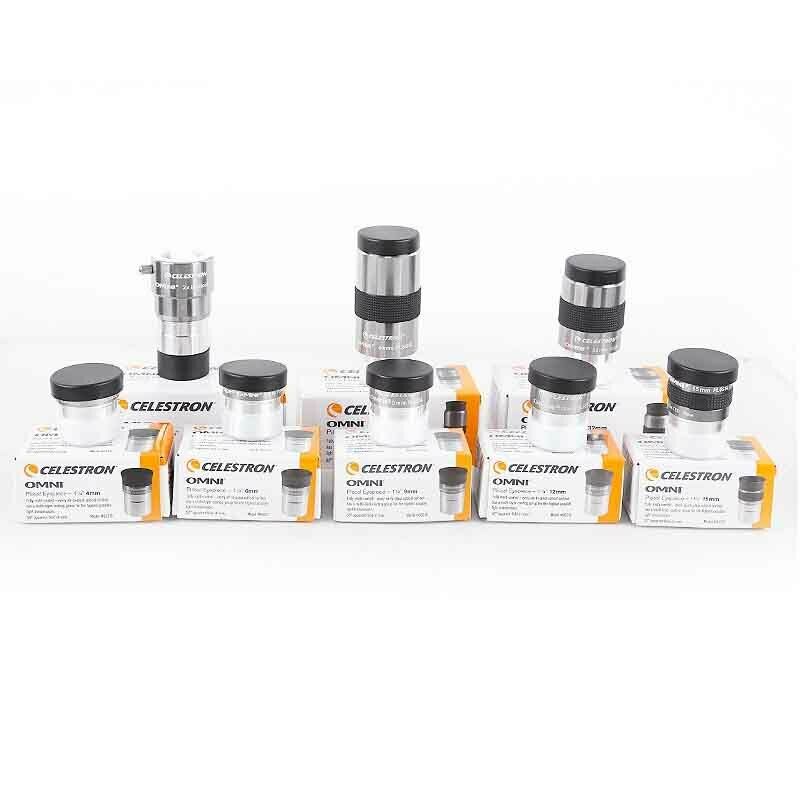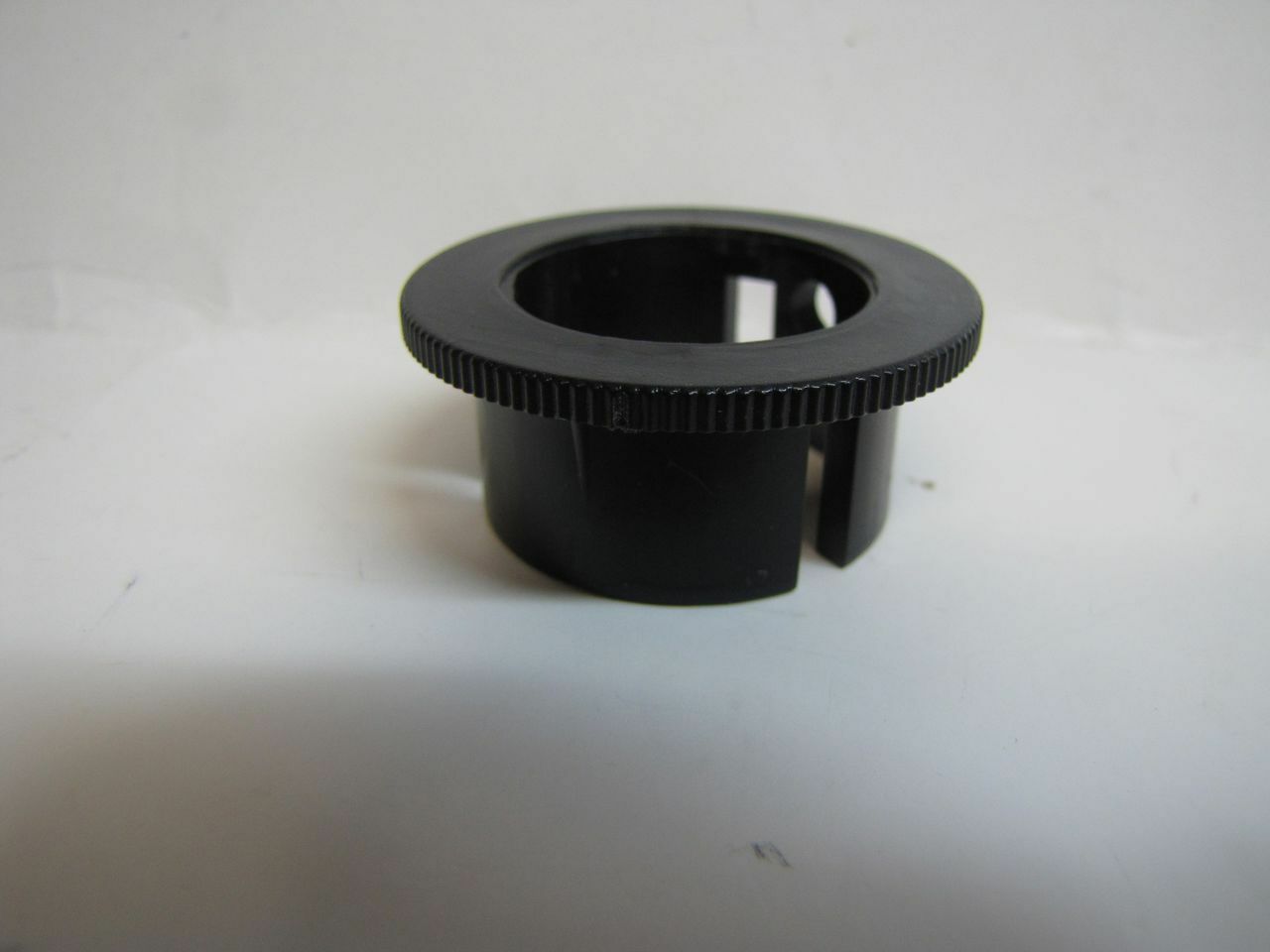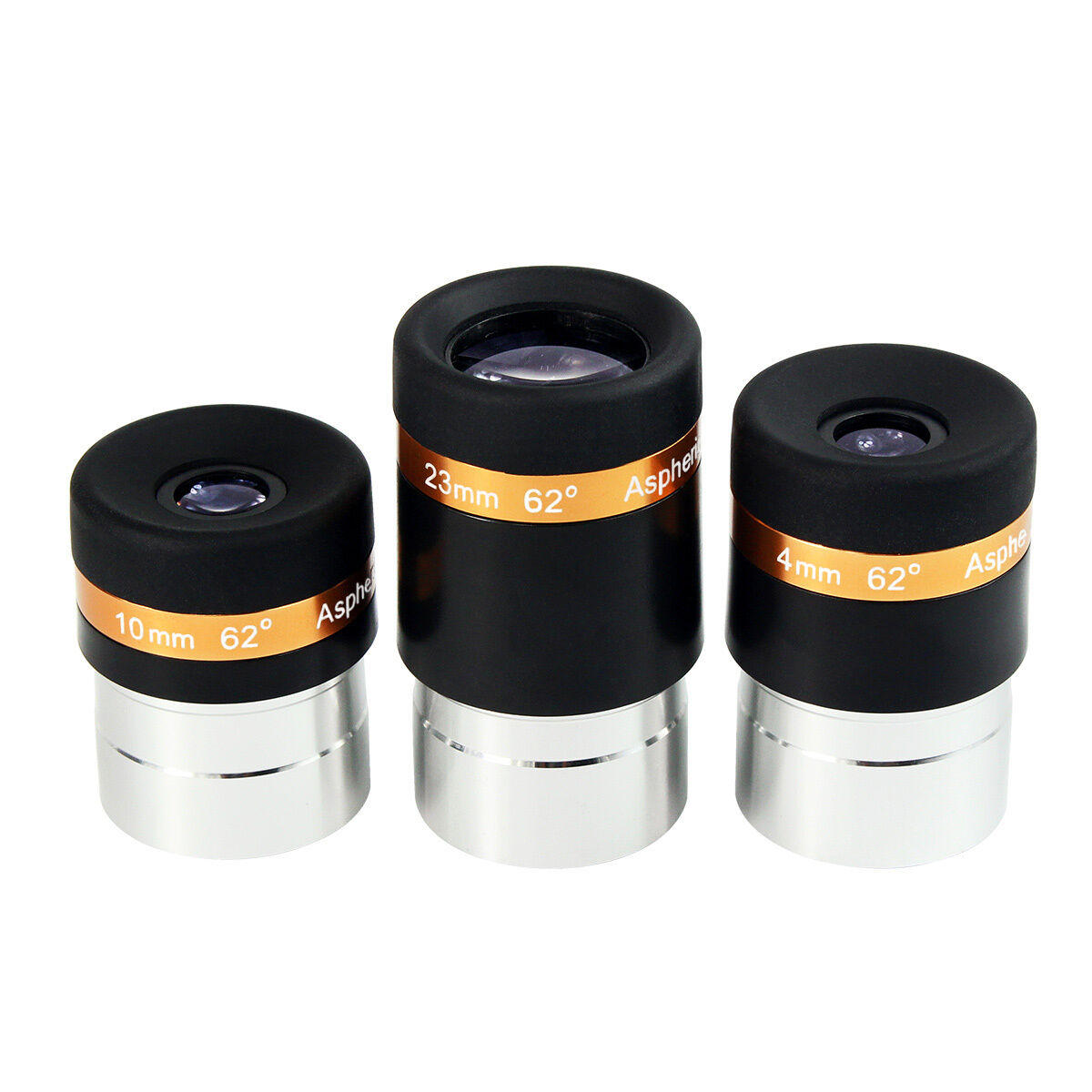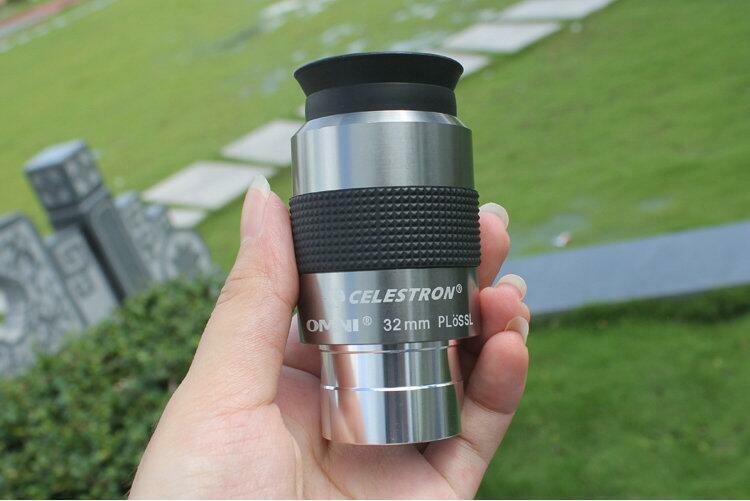-40%
Astromania 1.25Inch Metal Collimating Cheshire Eyepiece Without Laser for Newton
$ 12.84
- Description
- Size Guide
Description
Astromania 1.25Inch Metal Collimating Cheshire Eyepiece Without Laser for Newtonian Reflector Telescope - Short VersionProduct Details
Size: Short Version
Brand: Astromania
MPN: SKU_AM_MCES1
EAN: 6970019295046
UPC: Does not apply
Product Dimensions: 6 x 1.3 x 1.3 inches
Item Weight: 3.1 ounces
Item model number: SKU_AM_MCES1
Is Discontinued By Manufacturer: No
Date First Available: March 25, 2016
Manufacturer: Astromania
Fits in 1.25" focusers and easy to use;simply cap the telescope, remove the diagonal, and place the eyepiece directly in the focuser.
For aligning optics of Newtonian reflectors, Dobsonian reflectors, and Schmidt-Cassegrain Telescopes (SCTs).
The short collimator for mirror (reflector) telescopes has a 45 degree plate for easier visual accuracy.
Item was made by aluminum with crosshair at the bottom allow quick and precise centering of the optics.
This collimation eyepiece can be used for precisely collimating the Newtonian and Schmidt-Cassegrain reflector telescopes for better image quality.
Collimation is the process by which an instrument’s optical components are brought into precise alignment with its optical axis and mechanical axis. In other words, all the mirrors and/or lenses should be centered and angled so that light entering the telescope forms a sharp image precisely in the center of the eyepiece. If the optics are not properly aligned, stars will appear not as pinpoints as they should, but rather as flared, teardrop-shaped “comets” or “sea gulls.” Purpose of the Collimating Eyepiece Aligning the mirrors seems easy enough, in theory, but in practice it can be difficult without the proper tools. A common way of collimating—the “quick and dirty” method—is to simply remove the eyepiece and look down the focuser tube to center the mirror reflections. The accuracy of this method, however, is not reliable. For one thing, there is no way to know whether you are looking straight down the focuser tube; your line of sight could be off by a degree or two. Another problem is knowing when the reflections of the mirrors are exactly centered. Just “eyeballing it” isn’t precise enough; the reflections may appear to be centered when in fact they are not. The Collimating Eyepiece will take care of both of these problems, allowing you to achieve precise collimation without “guessing,” and thus improve your telescope’s performance. The Collimating Eyepiece is a combination of a “sight tube” and a “Cheshire eyepiece.” The sight tube’s narrow field of view and crosshairs provide a reference for centering the optical elements during the collimation process. A Cheshire eyepiece has a polished flat set in the barrel at a 45° angle, which directs light entering from a cutout in the side of the barrel down into the optical path. The Cheshire allows quick and easy collimation of the primary mirror, assuming the mirror has been marked with a spot exactly in its center. Using the Collimating Eyepiece Collimation can be performed in daylight, when it is easier to see what you’re doing. However, never point the telescope or the cutout side of the Collimating Eyepiece at, or anywhere near, the Sun, or serious and instant eye damage could result! Insert the Collimating Eyepiece directly into the 1.25" focuser. When using a 2" focuser, place the Collimating Eyepiece into a 1.25" adapter. If you use a star diagonal with your telescope, as is common for Schmidt-Cassegrain telescopes, remove it before inserting the Collimating Eyepiece. The eyepiece should be inserted to a depth such that the bottom edge of the eyepiece tube appears slightly wider than the outer edge of the secondary mirror when you look through the sight hole. Rotate the eyepiece so that the cutout side is directed toward any available external light. Make sure there is adequate light in the room or outside so that when you look through the sight hole, you can see the edges of the secondary mirror clearly. Tighten the thumbscrew on the focuser tube to secure the Collimating Eyepiece in place. Now, you are ready to proceed with collimation. Collimation of Refracting Telescopes If you use the eyepiece for checking the collimation of a refracting (lens) telescope, then you will see as many reflections as there are lenses in the telescope. If all the reflections are round and centred, then your telescope is well collimated. Short Metal Tube with Crosshairs The Cheshire collimation eyepiece is simple but absolutely effective. With practice, you will be able to collimate your Newtonian telescope in just a few minutes - especially if simply finely collimating your telescope for optimal imaging. The Cheshire eyepiece consists of a short metal tube and a 45° base. The reticule gives you the orientation required for the optical axis. Collimation of Different Telescope Types Good collimation is particularly critical for “faster” Newtonians, those with f-ratios of f/6 or lower. Once the collimation is set, it will hold if care is taken in transporting and handling the optical tube. However, any sharp jolts can knock the mirrors out of alignment, as can jostling of the scope in the trunk of a car or temperature changes over a period of time. Fortunately, these telescopes are equipped with adjustment screws that permit easy recollimation. Testing Your Telescope’s Collimation Just point it at a bright star and slowly rack the image out of focus by with the focusing knob. If the telescope is correctly collimated, the expanding disk should be a perfect circle. If it is unsymmetrical, the scope is out of collimation. In reflectors and Schmidt-Cassegrains, the dark shadow cast by the secondary mirror should appear in the very center of the out-offocus circle. If the “hole” appears off-center, the telescope is out of collimation. Care and Maintenance Since there are no lenses in the Collimating Eyepiece, care and maintenance is minimal. It is a good idea to remove any obvious dirt on the inside or outside of the eyepiece so that the dirt does not get into the telescope tube during the collimation process. To clean the eyepiece, use a blower bulb or a moist cotton swab to remove dirt from inside the barrel, and simply wipe the outside with a damp cloth. Make sure not to disturb the crosshairs, as bending or breaking may result.
ASIN
B01DEW8VLA
RSHP














